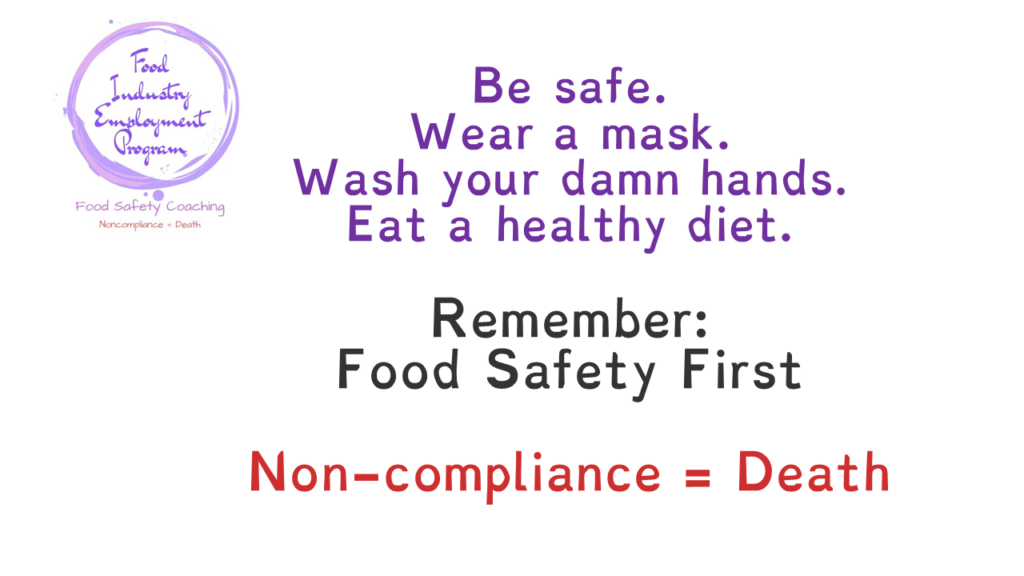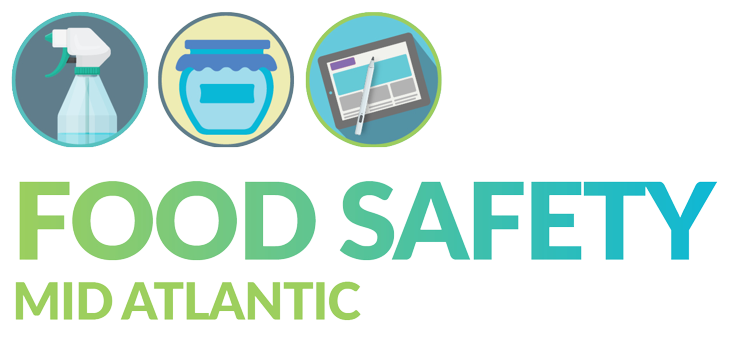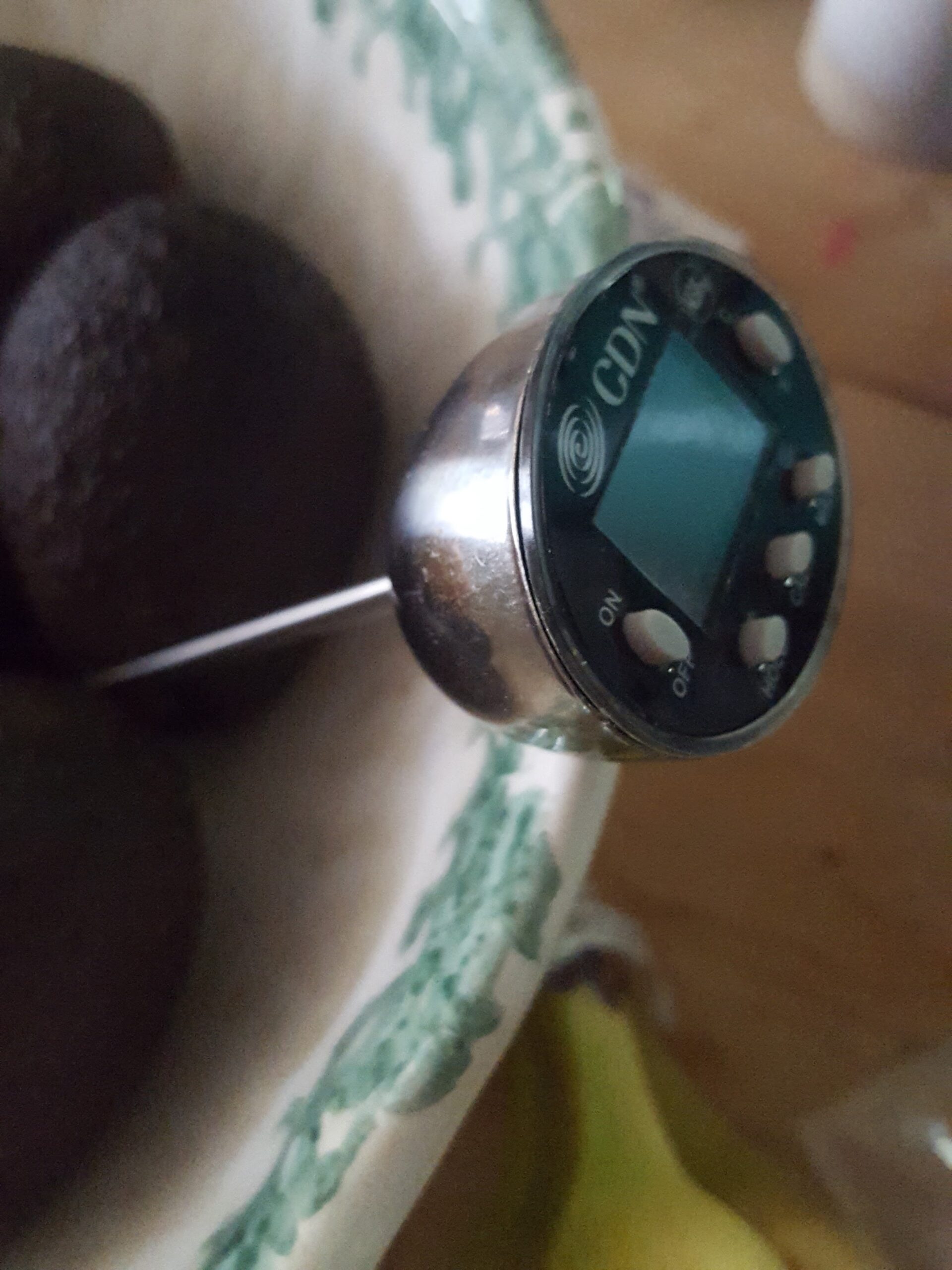In this series of posts I am discussing how the knowledge of the CDC foodborne illness risk factors can be used by us, as consumers and food entrepreneurs, to reduce foodborne illness. The CDC foodborne illness risk factors are the top five ways that restaurants and food manufacturers cause foodborne illness. FightBac gives consumers four core practices, chill, cook, clean, and separate, for food safety at home. To produce safe food we need to make sure these risk factors are NOT present in our facilities or homes. Last week I discussed why keeping food cold was important.
This week I am discussing the second risk factor, Cooking or Processing at an Improper Temperature. This is covered for consumers by the FightBac practice of cook. Cooking temperature was previously discussed in the first of my articles on HARM, H=heat. In that post I wrote:
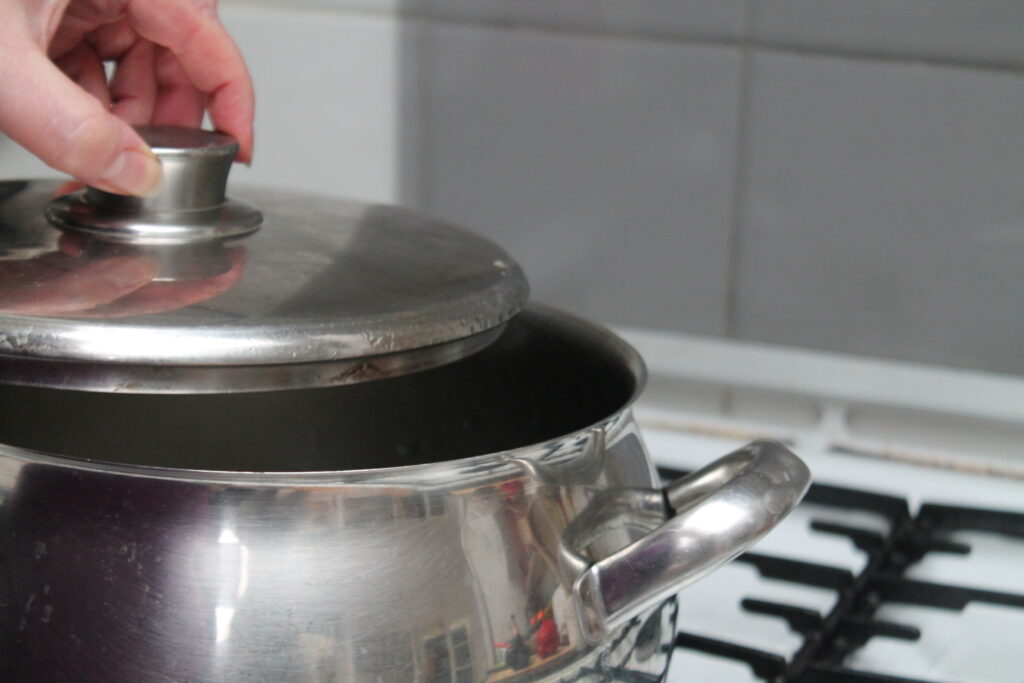
“[T]he most common way to remove microorganisms by using heat. No one likes being boiled, microorganisms are no exception. We can either kill all of them by heating the food to a really high temperature, this is called sterilization. Or we can heat the food to a reasonably high temperature to kill off the pathogenic microorganisms. This is pasteurization.”
As well as keeping food out of the danger zone, as we discussed last week, we also need to make sure that live bacteria aren’t in the food in the first place. This is especially important for food that may be stored for a long time after it is processed such as canned or aseptically packaged food. Low acid canned food is a risk for Clostridium botulinum. To prevent this organism from causing harm, manufacturers have strict protocols to make sure that the central temperature of each can is sufficient to destroy the bacterial spores. Thermal processing in this case is serious business requiring lots of engineering math!
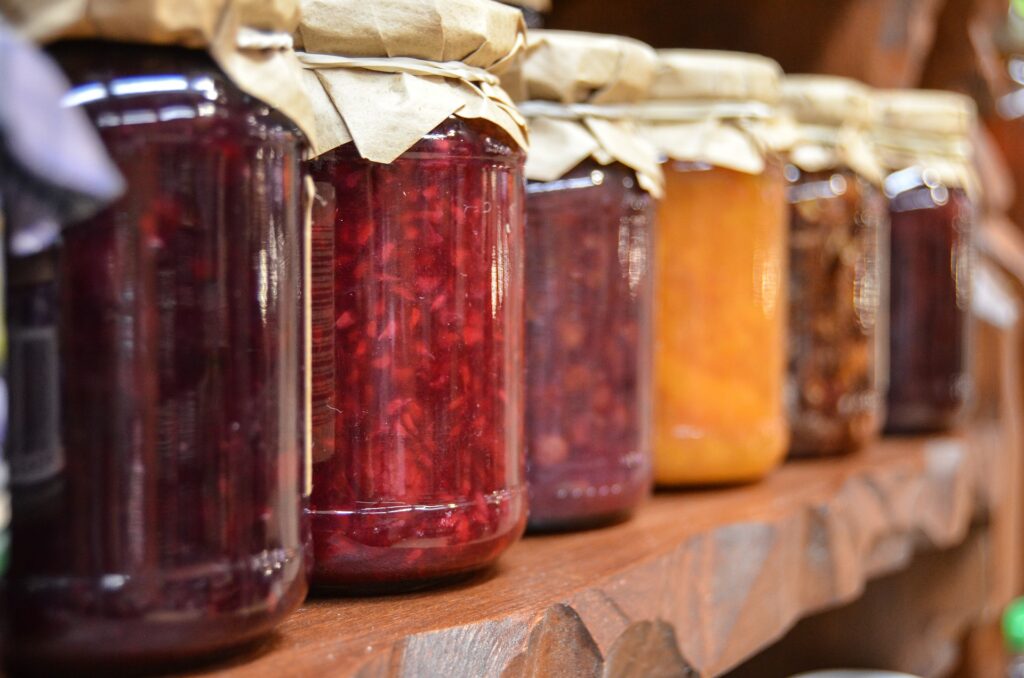
Hot filling a product is easier mathematically as we just have to check that the temperature of the product stays above a certain temperature, usually 165 F (74 C), until the last bottle or pouch is filled. Issues occur when a small processor is scaling-up, converting from stove top pot which holds a few gallons to a kettle which can hold anything from 20 gallons upwards. The larger the kettle, the longer time it may take to fill the bottles and that longer time at high temperatures can really alter the quality of the final product.
Of course, food manufacturers of all sizes must have food safety plans stating their critical limits for processing temperatures, and other critical factors. Following a food safety plan requires that the temperature is monitored and recorded as every inspector and auditor will tell you that “if it isn’t written down, it didn’t happen”.
Are the preventive controls and critical control points in your food safety plan sufficient to kill off bacteria and geared for your processing techniques? If you are not 100% sure, book a free food safety call with me right now. Do not put your customers and business at risk.
